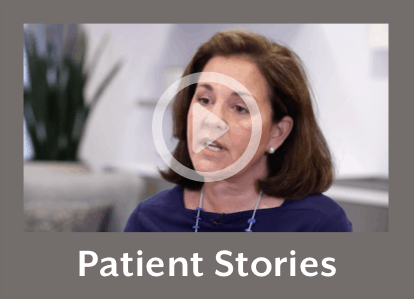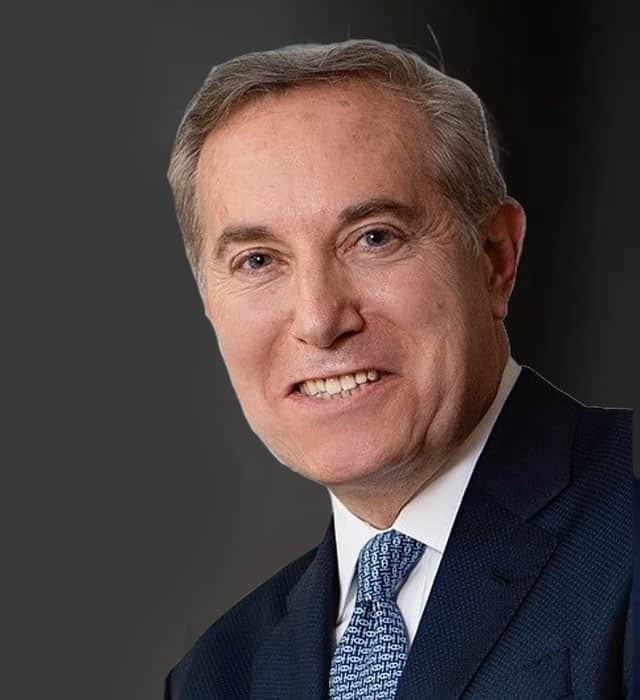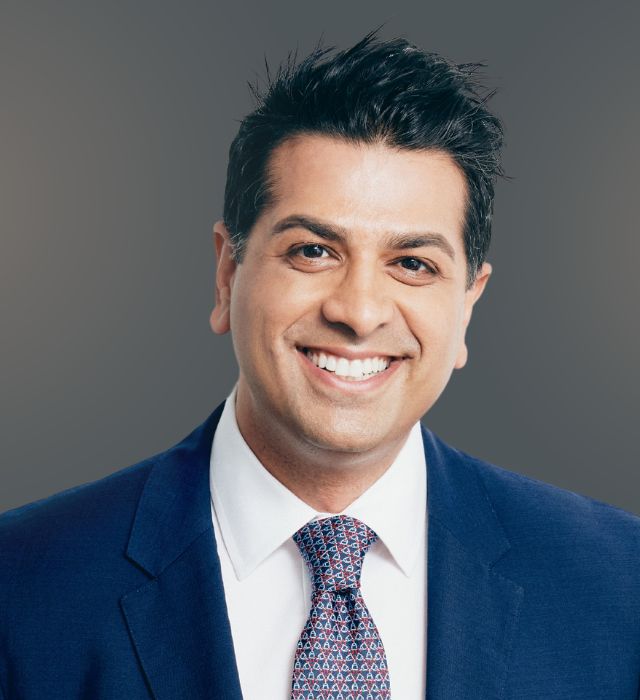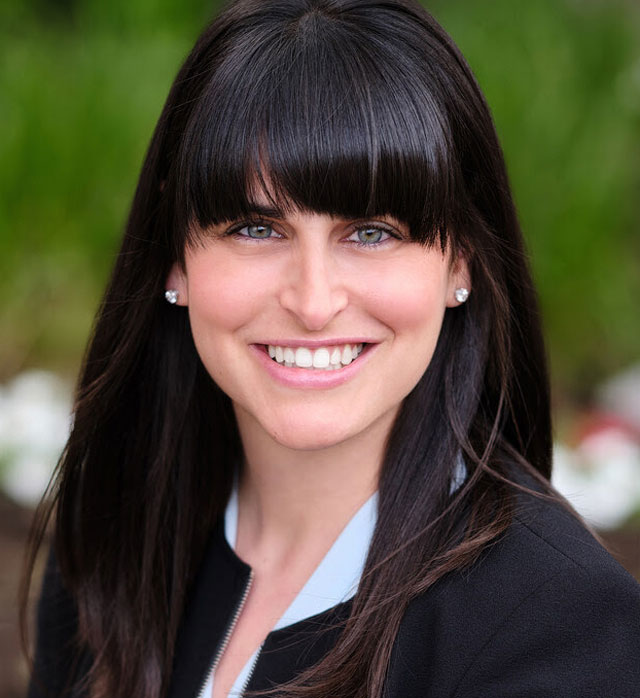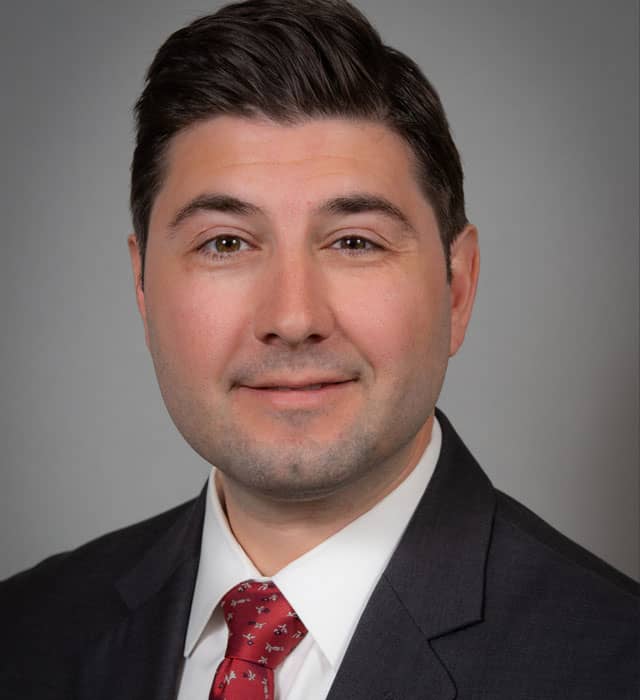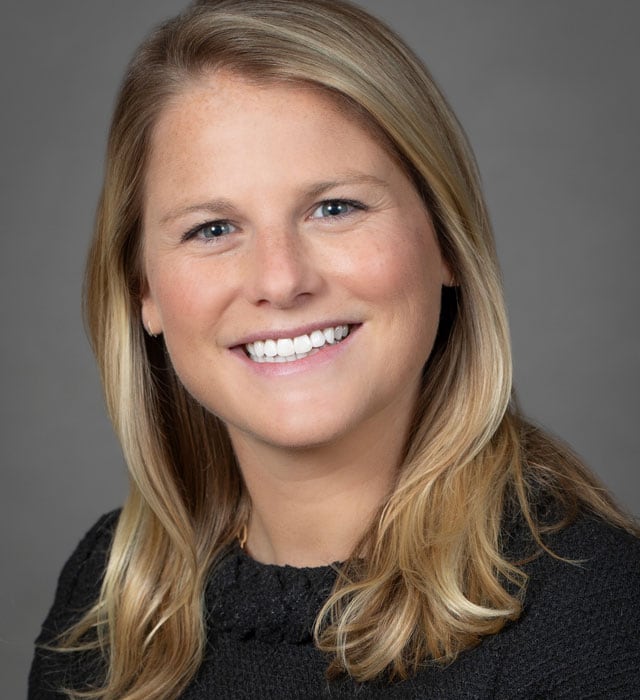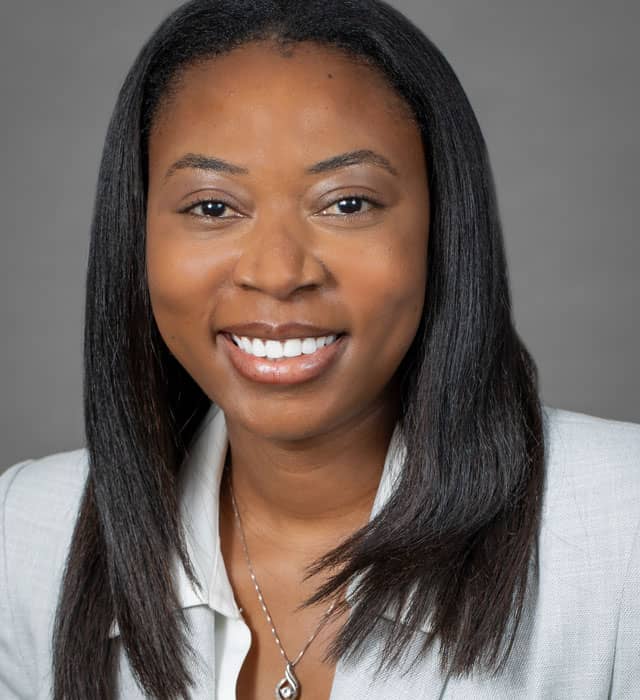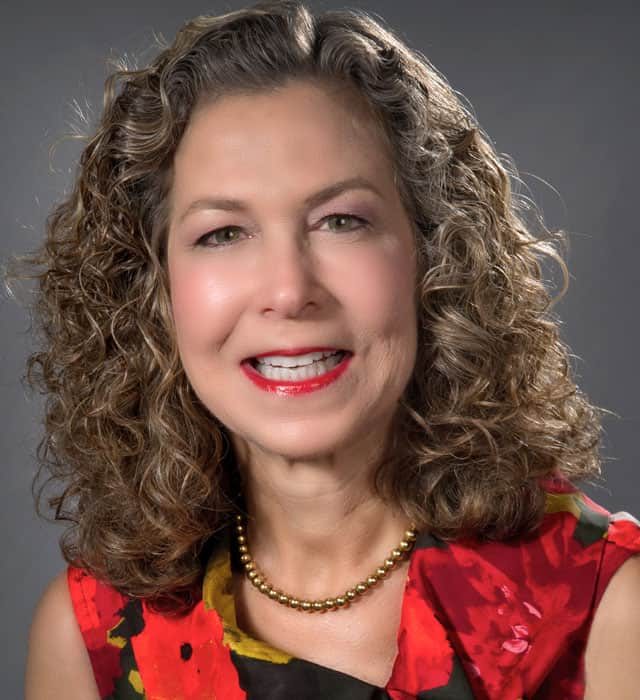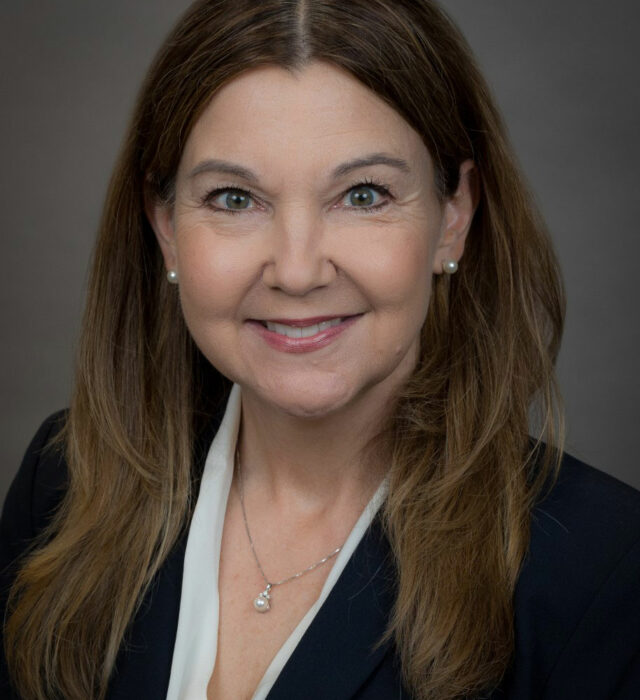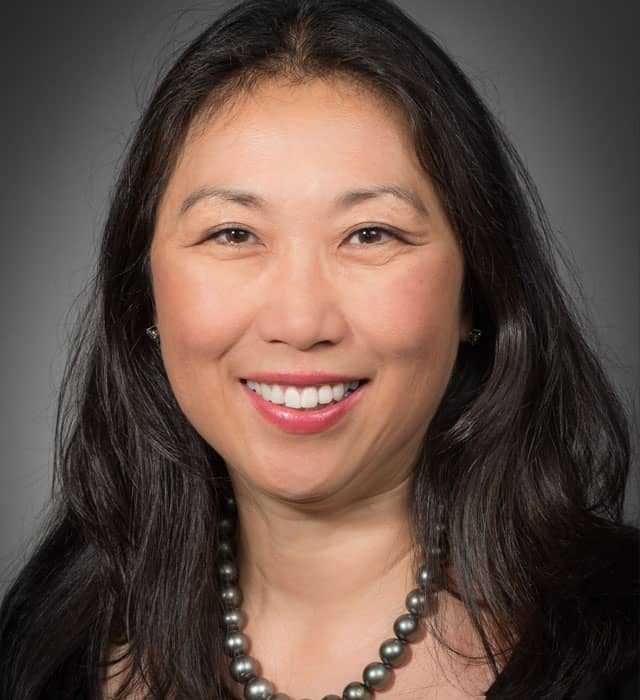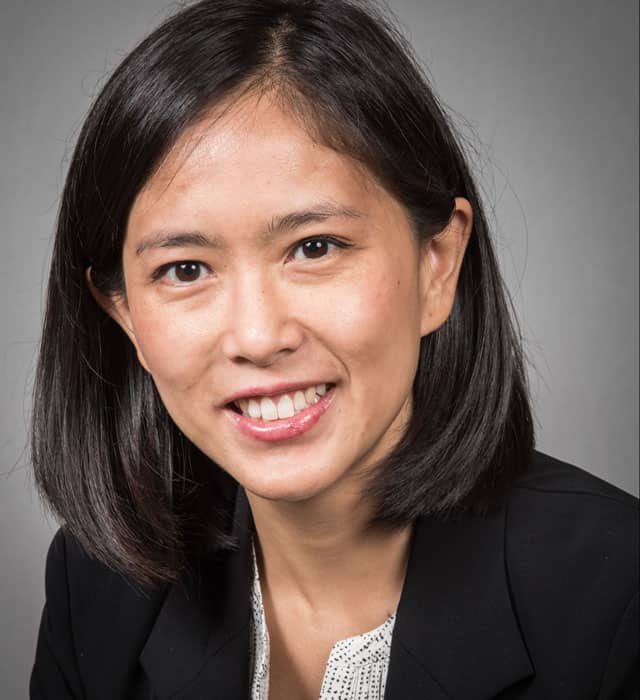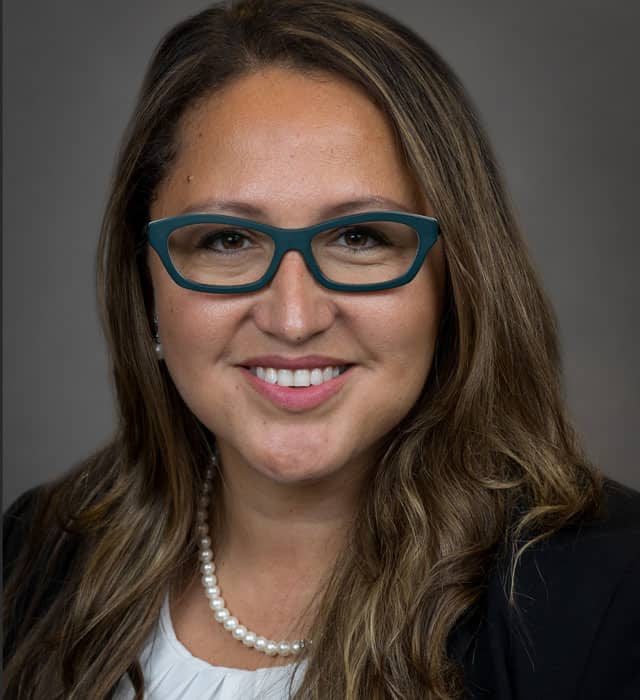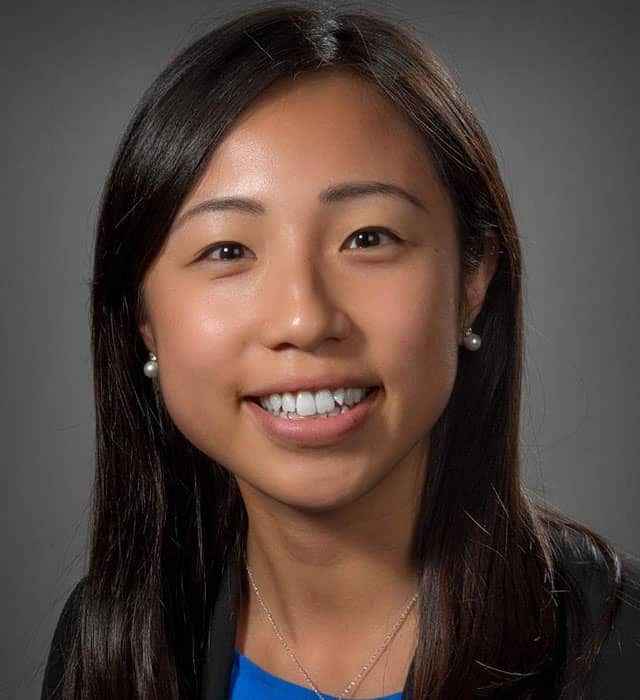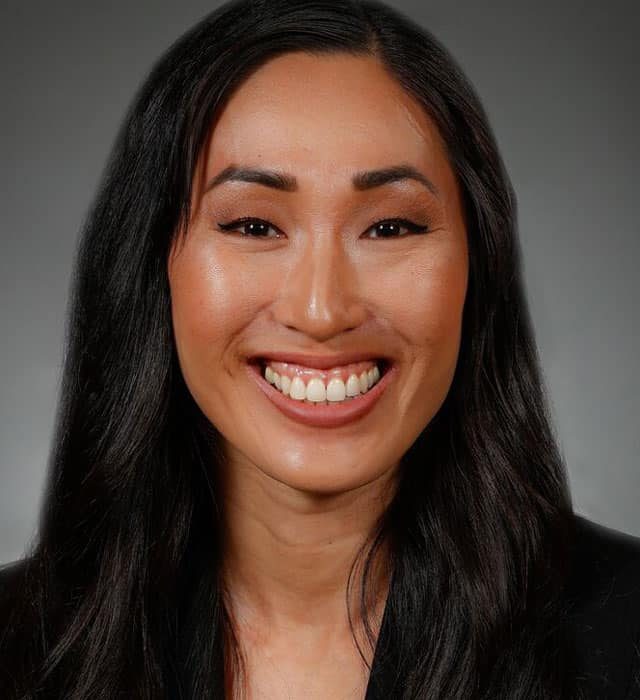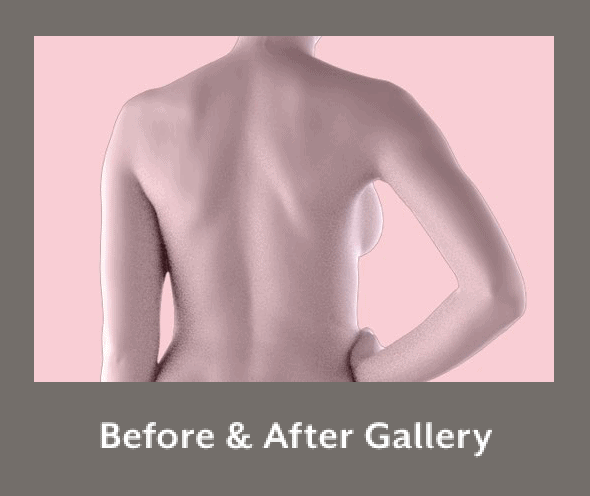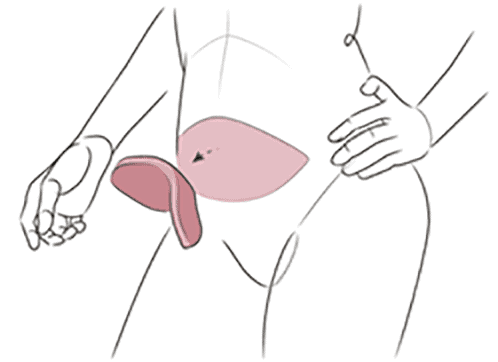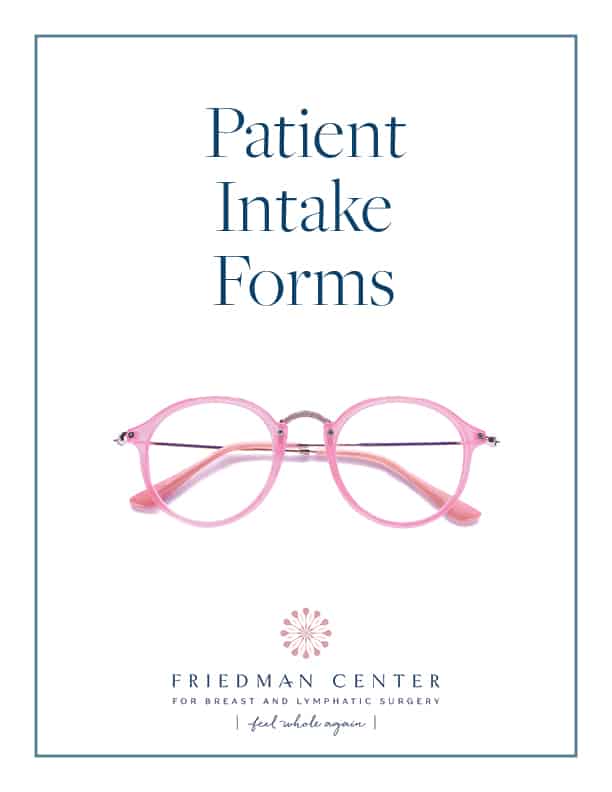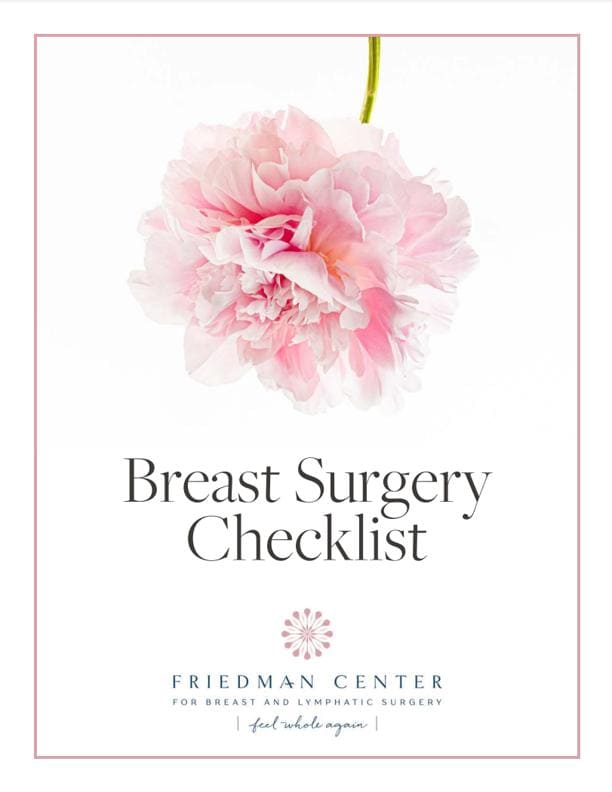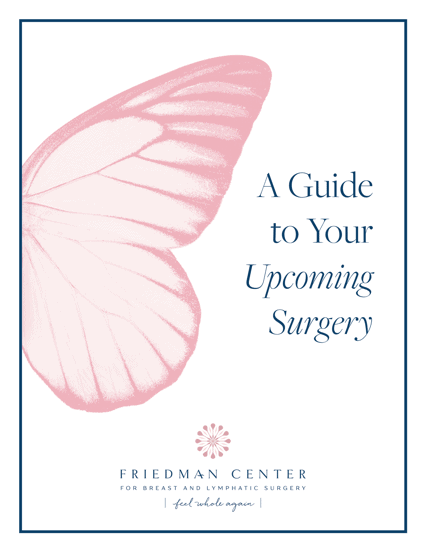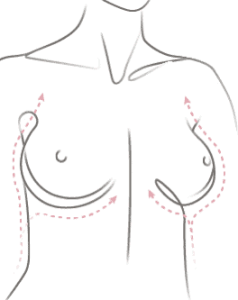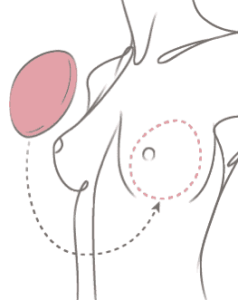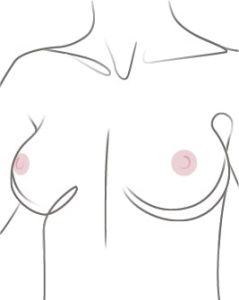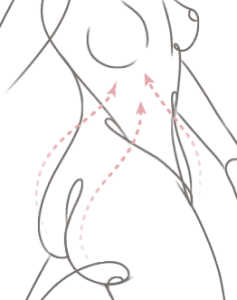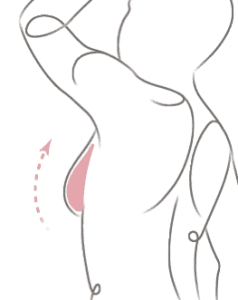Revisions & Enhancements » Fat Grafting, Liposuction & Scar Revision
Fat Grafting, Liposuction & Scar Revision
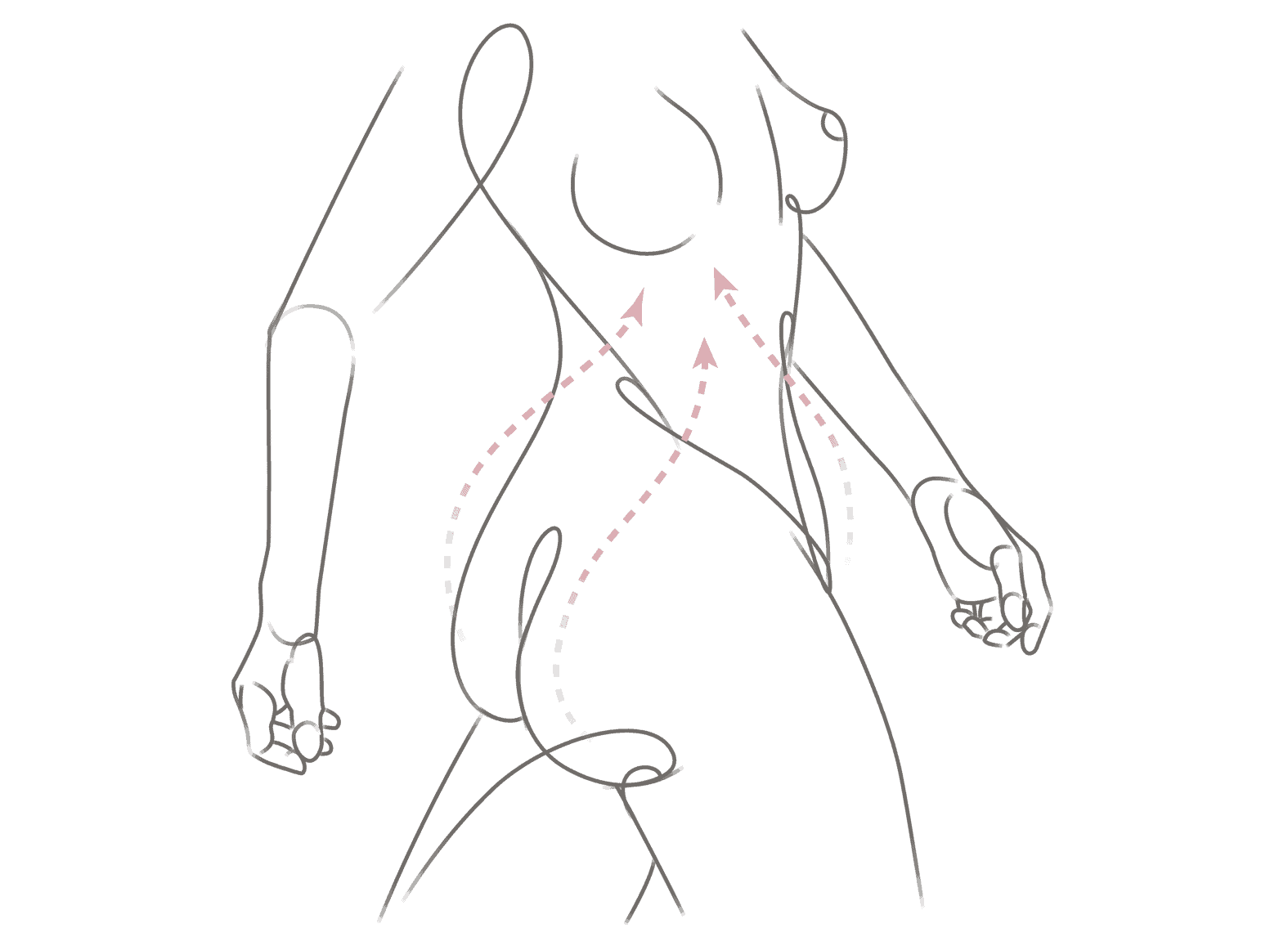
On this page

On this page
These procedures use the patients’ own fat as a permanent filler to add volume and correct contour irregularities. They are considered secondary enhancement procedures and are often performed several months after your initial breast reconstruction surgery.
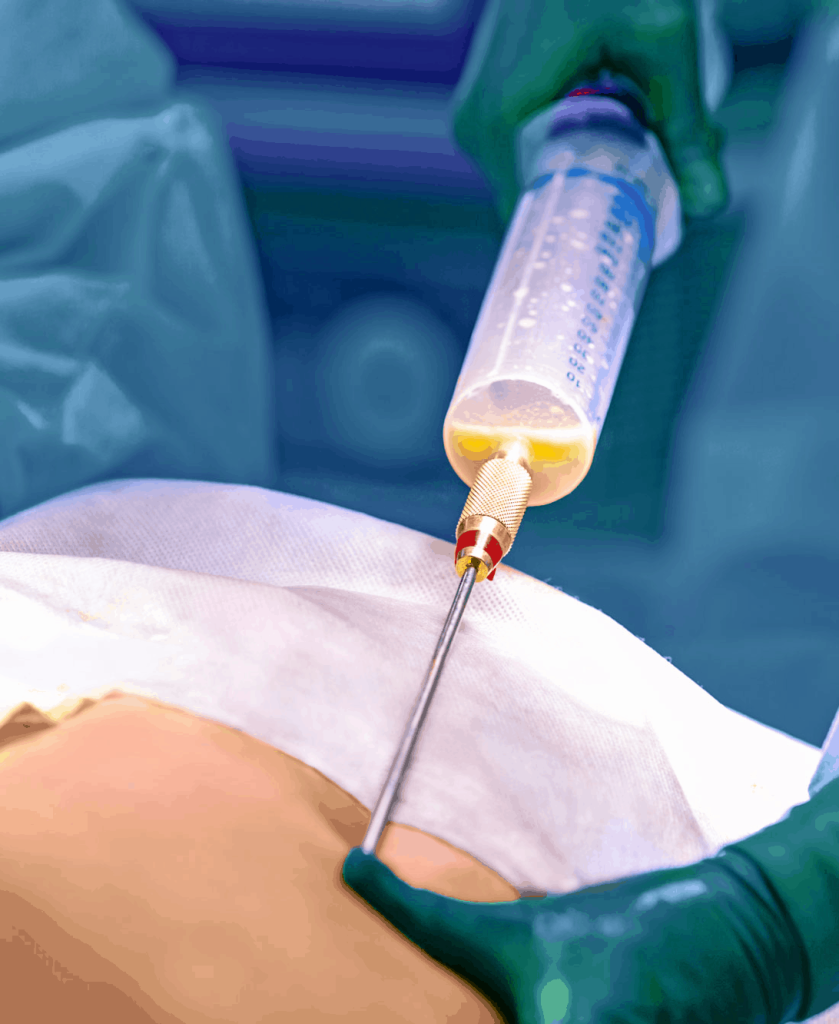
Fat Grafting
Fat grafting, also known as autologous fat transfer or lipofilling, is a process that removes fat from one area and transplants it into another area to replace volume. The first part of the procedure is liposuction, in which the surgeon removes fat from a donor area. Fat removal is done with a liposuction machine, using a metal tube (cannula) attached to suction.
Fat tissue can be removed with liposuction from several areas of the body, including the belly, hips, buttocks, thighs, and back. The fat is then prepared and injected where needed into the breast to replace volume and fill contour irregularities.
Over time, the body will reabsorb a portion of the fat injected into the breast, which can result in the partial loss of the injected breast volume. Your plastic surgeon may initially add more fat to help compensate for the anticipated loss. However, the amount of fat that can be injected in one session is limited. Patients frequently need more than one procedure to achieve optimal results.
You may be a good candidate for fat grafting if:
- One of your breasts is smaller in size than the other
- You need to add volume to the upper part of the breast, as this is difficult to fill with an implant
- You have had a lumpectomy and need to fill breast volume where the cancer tissue was removed
- You have small dents or ridges in the breast that you want to fill
Liposuction
Liposuction may also be used alone (without fat grafting) for body contouring after breast reconstruction, to remove excess fat and enhance reconstruction outcomes. It is a safe and effective method that can help fix minor contour issues.
Liposuction after breast reconstruction can be performed on the newly reconstructed breast(s) or at the tissue flap donor site. It can also be used to balance the opposite breast if you have had a single mastectomy.
You may be a good candidate for standalone liposuction if you have:
- Excess volume in the reconstructed breast without excess skin
- Localized excess fat in the areas around the tissue flap donor site
Your Recovery
Recovery Time
Fat grafting and liposuction are outpatient procedures that do not typically require overnight hospital stays.
You’ll likely be able to return to work after 1-2 weeks and resume regular activities in 3-4 weeks.
Expect to Feel
Expect soreness, swelling, and bruising at all surgery sites for at least 2-4 weeks. Liposuction sites may take 2-4 months for swelling to resolve. Numbness due to fat grafting and liposuction may occur but is temporary.
Scarring
Placement for scars from fat grafting and liposuction depends on where fat is either added or removed. Scars for these procedures are usually small, not very visible, and easily concealed under clothing or undergarments.
Scars typically fade over 12-18 months.
Timing
We usually recommend waiting a few months after breast reconstruction surgery before considering fat grafting and/or liposuction. This waiting period allows time for the swelling to go down and the healing process to take place before determining the final breast size and shape.
Patients who have had radiation should wait at least 6 months after radiation therapy is complete before having any of these procedures on radiated tissue.
Things to Consider
- These enhancement procedures are usually performed under general anesthesia as an outpatient same day surgery, with minimal complications and fairly easy recoveries.
- Fat grafting and liposuction create small scars that will fade but may not completely disappear.
- Some of the fat from a fat grafting procedure is usually lost in the first few months, and you may require more than one round of fat grafting to achieve desired results.
- Grafted fat may become firm and cause lumps (also known as fat necrosis). Fat necrosis is harmless and does not increase your cancer risk. This condition doesn’t usually need to be treated and often goes away on its own.
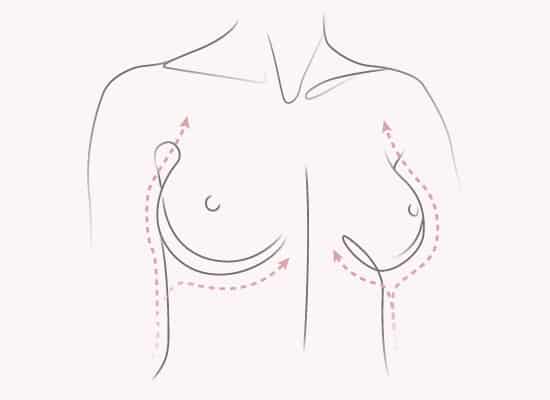
Scar Revision
The goal of scar revision surgery is to help the scar blend in, making it less noticeable. Minor scar revisions can help improve contour irregularities (lumps or depressions), color and texture, and size of the scar. Scar revision procedures are done after initial healing is complete and after secondary procedures have been performed. They are typically simple procedures, and recovery is relatively quick. Scars can also be improved by nonsurgical scar management treatments recommended by your plastic surgeon.
Insurance Coverage
Fat grafting, liposuction, and scar revision are usually covered by insurance when they are performed as part of breast cancer reconstruction following both lumpectomy and mastectomy. According to the Women’s Health and Cancer Rights Act of 1998 (WHCRA), all breast reconstruction procedures are covered by insurance. This includes revision breast reconstruction, even if it is years later.
Additional Choices and Alternatives
Your surgeon may recommend one or more revision and enhancement procedures to give you the best possible results for your breast reconstruction. Your personal preferences play an important role in decision-making about the final aesthetic outcome.


